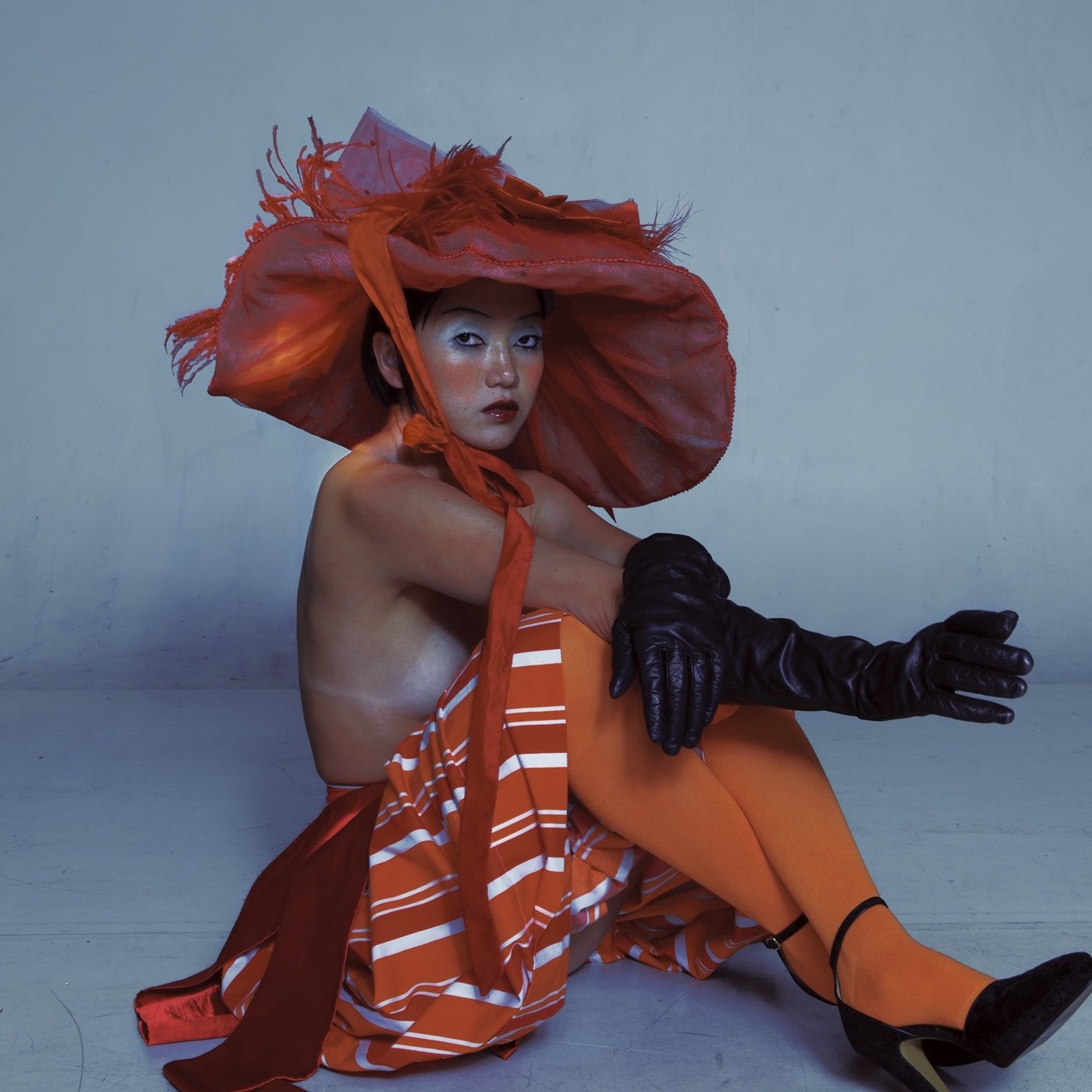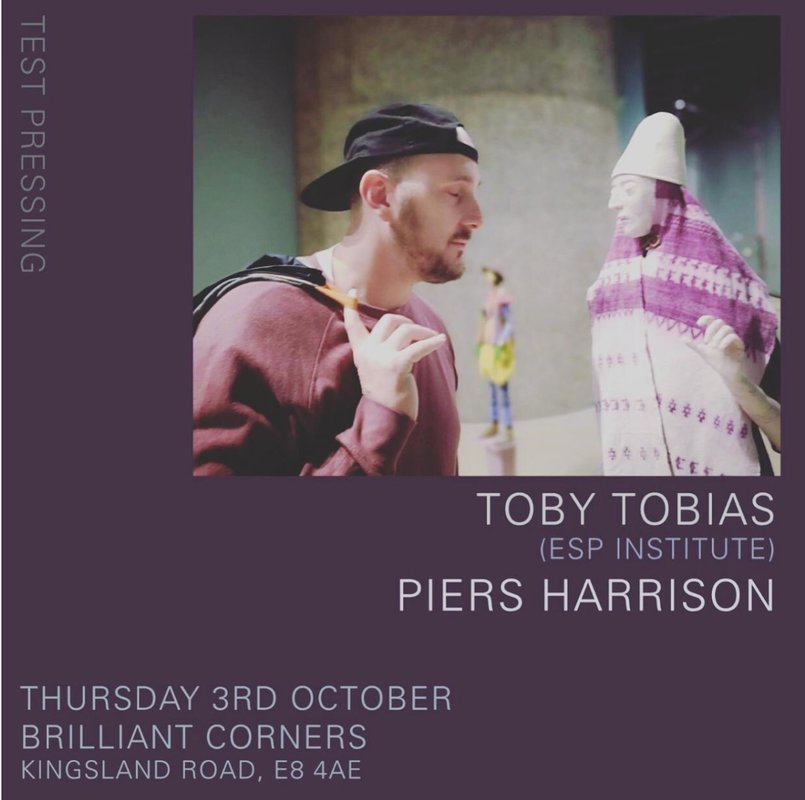Interview
Rainbow Chan

“We’re all using the same DAW (digital audio workstation), watching Netflix, wearing Nikes, eating McDonalds etc.,” reflects Sydney via Hong Kong vocalist, songwriter, producer and mixed-medium artist Rainbow Chan. “Globalisation has flattened culture in a broader sense, but there are definitely 'glocal' elements in musical scenes, which demonstrate creativity usually emerges out of a culturally embedded place. One of my favourite examples is Fotan Laiki, a Hong Kong rapper who delivers biting, smart and insanely catchy social commentary with her unique rapper.”
Writing via email, Rainbow is giving me a window into some of the thinking that surrounds her second album, Pillar - a multi-genre suite of songs about movement, change and truth. Written as they pertain to her life story and experiences, and rendered through a mixed-aesthetic informed by her experimental pop music, the adventurous Avant-dance music she’s crafted under her Chunyin moniker, and her deconstructed club experiments in DIN (with collaborator Alex Ward), Pillar is a fascinating exploration of glocality. Across its ten-song running time English, Mandarin, Cantonese and Weitou (a Cantonese dialect) language vocals - equal parts pure-pop, trip-hop and ascendant RnB balladry - float over neon-lit techno, house, trap and footwork beatscapes.
“I’m not a purist,” she explains. “Genre is just a marketing tool. By working really hard over the last decade on these various projects, I felt I had established a unique voice. For this record, I was confident enough to write in all sorts of styles and BPMs (beats per minute tempo). Contrast and dynamic were more important to me than creating something that was easy listening.” As compelling as the listening side of what she does is, her project is about more than just sonics. “Cantopop and J-Pop were a huge influence on me as a kid,” she writes. “You can see how retro East-Asian aesthetics bleed into my work - album and book covers, typography, film posters, fashion.”
Alongside music, Rainbow operates as a mixed-medium artist, and elements of that practice come through in the striking music videos and photo shoots that accompany Pillar. Combining traditional imagery with futuristic animations and a touch of the surreal, the clips for the title track ‘Pillar’ and ‘Oblivion’ are a fitting representation of her glocal vision. “I’m interested in how art and music intersect,” she explains. “The format of pop music can be relatively limiting because of the short and shallow space it occupies. Oftentimes, longer, complex conversations are hard to nail in music without it sounding awkward or didactic. Art seemed like a discursive arena which would allow me to more critically reflect on socio-political issues through musical forms.”
Rainbow Chan was born in Hong Kong in 1990 and moved to Sydney with her family when she was six. Both cities hang heavily over Pillar, but in different ways. “For a long time, Hong Kong existed in a time capsule for me,” she reflects. On the rare chances that I went back to Hong Kong, I’d only be hanging out with family.” In 2016, she was afforded the opportunity to return in a more independent manner through her musical and artistic activities, befriend a new generation of younger creatives, and come to terms with challenges faced by the metropolis. As it turned out, one visit wasn’t enough. “Over the last three years, I feel like I’ve rediscovered my place in Hong Kong, as I’ve been lucky enough to work, perform and research there. Instead of seeing Hong Kong as being distant, having these new connections has made the city feel like a continuation of self, not a divide.”
In the press material for Pillar, Rainbow describes her use of multiple languages in song as “a way to de-centre the Eurocentricity of language in pop music. “I’m thinking more in terms of the cultural landscape of mainstream media in Australia, which is predominantly white and English-speaking. But this doesn’t reflect the reality of our society - we’re made up of beautiful, diverse communities,” she writes. “Part of my goal with writing songs in languages other than English was to decentre the conversation around music and meaning. As a person of the diaspora, I wanted to make a body of work which represented the hybrid and linguistically-vibrant nature of my upbringing.”
In tandem with the continuation of self she mentioned earlier, it was inevitable Rainbow would enter into an in-depth exploration of her family’s history in Hong Kong. As it turns out, her mother’s roots can be traced back to the original Tang clan of the Weitou people, the first settlers of Hong Kong (Puntiren). In the 1960s, Weitou culture and language was heavily stigmatized and almost vanished. While she was reconnecting with Hong Kong, Rainbow decided she wanted to know more about the language. Her mother suggested she learn folk songs from the last group of female elders holding this traditional knowledge.
“In the process, I’ve discovered so many untold stories about Hong Kong and feminine forms of resistance that are buried under the colonial narrative,” she reflects. “Singing was a way for women to bond, share knowledge and have a temporary space to protest against the patriarchy through highly stylised performances. This is a part of history that not many people know about in Hong Kong, but I want this project to bring these women’s voices to the fore through long-form, collaborative works.”
Musically speaking, Rainbow put her learnings into practice on Pillar with ‘Lull’ featuring Chuiping & Choilin (her mother and aunty). Underpinned by a footwork-inspired groove, ‘Lull’ was Rainbow’s first attempt at combining a traditional Weitou language lullaby with contemporary electronic music. Given the warm response the music on Pillarhas received since release; I can’t imagine it will be her last either. “This was a complex task, as there is a delicate balance between treating tradition with respect and avoiding any tokenistic representations,” she writes. “I didn’t want Weitou culture to sit in a museum - I wanted to celebrate it. So, in a sense, the rework is not so much a lullaby as a reawakening.”
Pillar is out now in digital and vinyl LP formats (buy).

